HI's vital support for survivors' ordeal
While thousands of disaster victims are being sheltered in improvised shelters and camps, HI's mobile teams are responding to the most urgent needs and supporting the most vulnerable.

Rehabilitation session with Daw Myint Myint Than, 58, injured in the earthquake, in the improvised camp of a Mandalay monastery. | © HI / 2025
"We escaped miraculously”
"I was with my three grandchildren, we were about to have lunch when the earth started shaking..." says Daw Myint Myint Than, 58, a resident of Mandalay. Trapped in her house, which was about to collapse . Fortunately it was a falling water tank that enabled her to escape with her family.
"We escaped miraculously, but once outside the second tremor propelled me to the ground. My head hit a tuk-tuk. I felt a terrible pain in my leg and arm".
Daw Myint Myint Mu, 53, was on her way to work when a building collapsed on top of her. She lost consciousness and was rushed to a monastery that had been transformed into an improvised reception camp. In the absence of appropriate care, her condition rapidly deteriorated. Since then, the mother of one has been immobilised all day because of a badly treated fracture and a serious infection in her foot. Her house was razed to the ground by the earthquake.
Improvised shelters and camps in very precarious conditions
Both found refuge in the Nan Oo monastery, recognised as an important centre of Buddhist teaching in the region. Since the earthquake, it has become an improvised shelter for more than 280 people.
Even if we can see a lot solidarity is organised within the camps, living conditions remain extremely precarious.
"There are only five "squat toilets” for everyone. And with my broken leg, I can't use the squat toilet," laments Daw Myint Myint Than.
Injured in the leg and arm, Daw Myint Myint Than can no longer walk or wash by herself.
"I can only move if my daughter helps me to sit up. My arm can't move and my leg is in plaster. I'm completely dependent.
Vital support from HI
HI teams have been mobilised for three weeks now to respond to this major humanitarian crisis. Our rehabilitation and psychosocial support specialists are are goind aroung hese makeshift reception camps to provide assistance to the injured.
The aim is to provide initial rehabilitation and psychosocial support, and to restore a little dignity and autonomy to the survivors. HI also distributes mobility aids such as crutches and wheelchairs, trains the injured in essential exercises and identifies specific needs in the camps.
"They gave me a wheelchair and, above all, they taught me to stand up on my own. Thanks to the exercises they taught me, I feel I'm making progress, even though it's difficult", Daw Myint Myint Than explains with emotion.
A very uncertain future for the survivors
Deprived of housing, income and access to basic necessities such as water and food, the two women share the extreme fragility of their daily lives since the disaster.
"Our house is destroyed, as is our workshop. We don't know when we'll be able to get back to work. For the moment, we're just thinking about surviving", says Daw Myint Myint Than.





